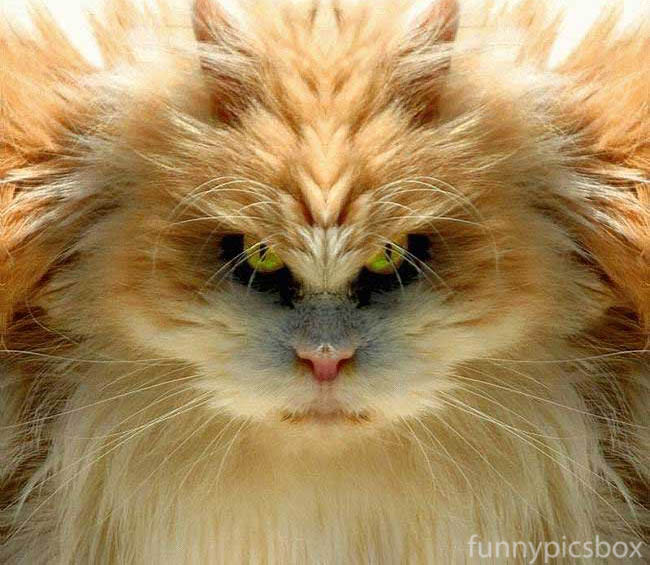Cultural Variations in Cat Litter Practices All Over The World
Cultural Variations in Cat Litter Practices All Over The World
Blog Article

Cat litter and litter boxes play a pivotal function in the lives of both felines and their owners. From the humble starts of sand and soil to the ingenious improvements of today, the world of cat litter has developed substantially. In this thorough guide, we look into every aspect of cat litter and litter boxes, exploring their history, types, benefits, challenges, and everything in between.
The history of cat litter dates back centuries, with ancient civilizations using sand, soil, and even ashes as primitive litter materials. However, it wasn't until the mid-20th century that contemporary cat litter as we understand it emerged. In 1947, Edward Lowe introduced the world's first industrial cat litter made from absorbent clay, reinventing the way cats relieved themselves inside your home. Ever since, cat litter has actually gone through various changes, with the intro of clumping litter, silica gel litter, naturally degradable choices, and more.
Today, cat owners are spoiled for choice when it comes to selecting the right litter for their feline companions. Standard clay litter stays popular for its price and efficiency in taking in odors. Clumping litter, which forms solid clumps when wet, simplifies cleansing and upkeep. Silica gel litter, made up of highly absorbent silica crystals, offers superior smell control and durability. Naturally degradable choices, such as recycled paper, wood pellets, corn, and wheat, appeal to environmentally mindful customers.
Each type of cat litter offers special benefits. Clay litter masters its ability to soak up moisture and control odors, making it a dependable choice for lots of feline owners. Clumping litter simplifies day-to-day scooping and extends the time in between complete litter changes. Silica gel litter supplies remarkable odor control and can last longer in between replacements. Naturally degradable litters provide a sustainable option that reduces environmental effect.
While cat litter improves indoor feline hygiene, it is not without its obstacles. Dust from clay litter can present respiratory threats for both cats and people, prompting the appeal of dust-free alternatives. Some felines might develop litter box aversion due to concerns with texture, fragrance, or cleanliness, demanding experimentation with different litters and box configurations. Multi-cat families may need tactical litter box placement and regular maintenance to prevent territorial disputes and guarantee all cats have access to tidy facilities.
Picking the suitable litter box is essential for promoting favorable litter box practices and total feline well-being. Aspects to consider consist of size, ease of access, and style preferences. Covered litter boxes supply privacy and aid include smells, but some felines may discover them confining or daunting. Open-top litter boxes offer easy gain access to Litter Box Liners and exposure however may lead to more litter scatter. Automatic self-cleaning litter boxes streamline upkeep but need routine monitoring and maintenance.
Appropriate litter box upkeep is essential for making sure a tidy and inviting environment for both felines and their owners. Daily scooping removes waste without delay, reducing smell and discouraging litter box aversion. Routine litter replacement, usually every 1-2 weeks, prevents bacterial accumulation and maintains self cleaning cat litter box ideal absorbency. Extensive cleaning with mild cleaning agent and water, avoiding harsh chemicals that might hinder cats from using package, need to be performed monthly.
Cat litter and litter boxes play a central function in fostering cat litter box with lid a healthy and harmonious relationship in between cats and their human buddies. With a varied array of litter choices and litter box styles available, cat owners have the versatility to customize their options to suit their cats' choices and family needs. By comprehending the development, types, advantages, and difficulties of cat litter and litter boxes, animal owners can supply their feline friends with a comfortable and hygienic indoor environment.